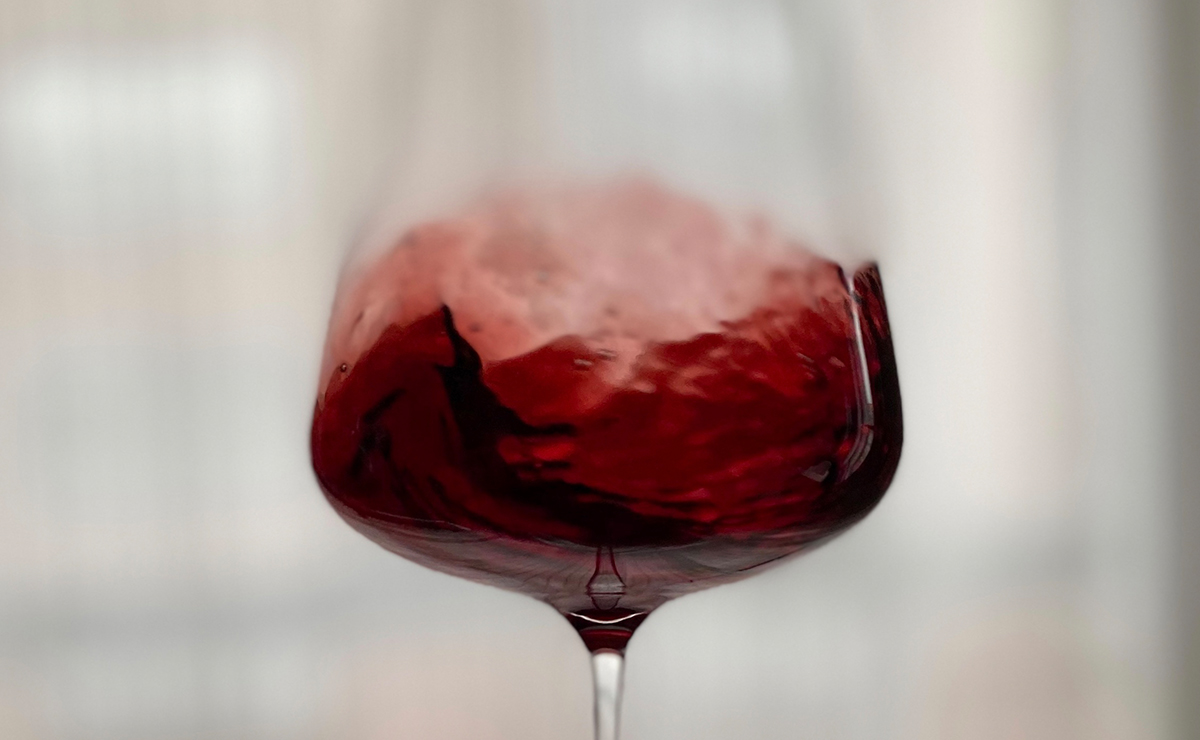
Decanting
April 28, 2021
Once opened, a bottle of wine begins to change immediately. The wine inside is exposed to air for the first time since bottling — depending on the bottle this can be anywhere from a few months to several decades. The way in which the wine meets the air — for how long and at what speed — can have a profound impact on the wine and its enjoyment.
Why decant?
At Ansonia, our philosophy is to decant just about everything. There are, of course, exceptions (see below) — but in general, pouring a wine from a bottle into another vessel simply speeds up what happens in your wine glass. If you find the last glass in a bottle is the best, try decanting.
As air hits the wine, the sulfur-based volatile compounds react with the oxygen and escape the liquid. In most cases these compounds are unwanted — think reduction or volatile acidity — and so aerating the wine helps them “blow off.” Reductive winemaking is common in modern white Burgundies and most Syrahs, among other wine, and both of these often improve dramatically with decanting.
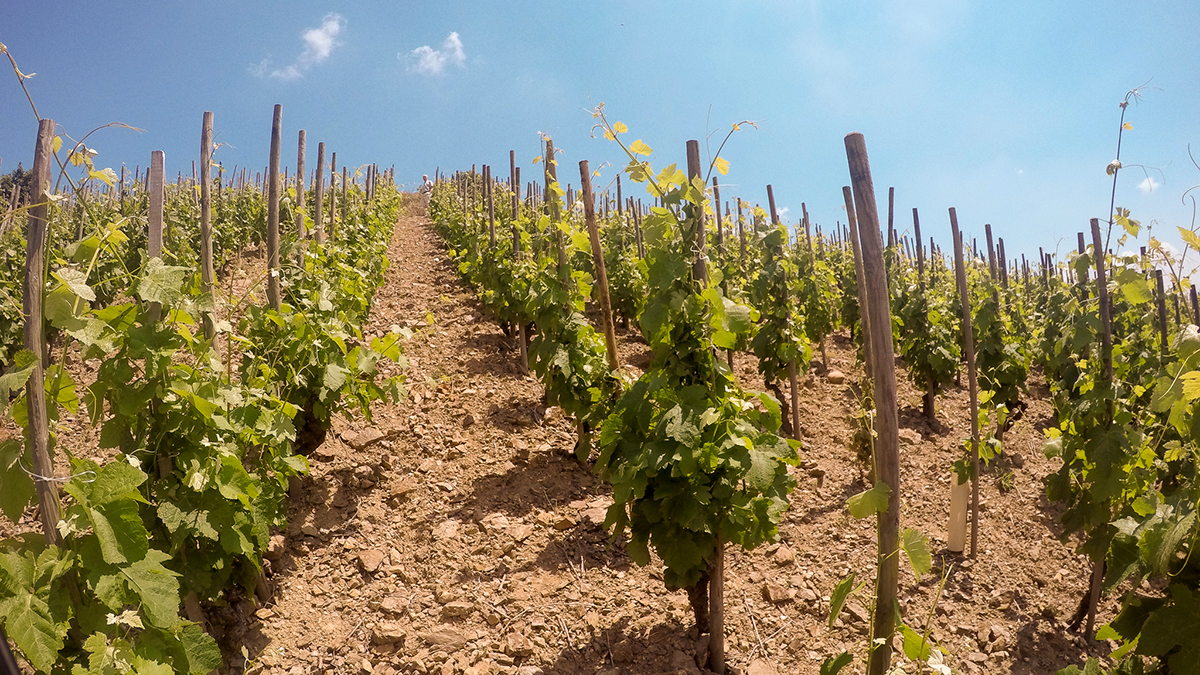
Aside from rebalancing or correcting wines that need oxygen, most wines also gain complexity and add aromatic notes with exposure to oxygen. Pour a young-ish red Burgundy into a decanter and it might seem underwhelming at minute four; but at minute forty, the smells wafting from the carafe might be otherworldly. We find wines made naturally (using organic or biodynamic methods) improve more slowly but also more noticeably in a decanter.
It’s often said that decanting “softens” the tannins in young, structured red wines, but there’s little evidence of any chemical effect of decanting on tannin. Over time in a bottle tannins will bond with oxygen and precipitate out as sediment, though this generally takes years rather than hours. But in the process of helping a wine rebalance chemically and gain complexity, the apparent tannin in a wine often seems less intrusive or aggressive. So we still recommend decanting young tannic red wines, as it usually does improve the overall experience.
For wines with sediment (older bottles or sometimes unfiltered wines), decanting is helpful for separating the juice from the solids. We usually stand the bottle upright for a few hours before opening, and then carefully pour into a decanter. Near the end we use a light (candle or iPhone) placed below the bottle neck, to monitor the clarity of the wine escaping the bottle — once the wine gets more turbid than your liking, c’est fini.
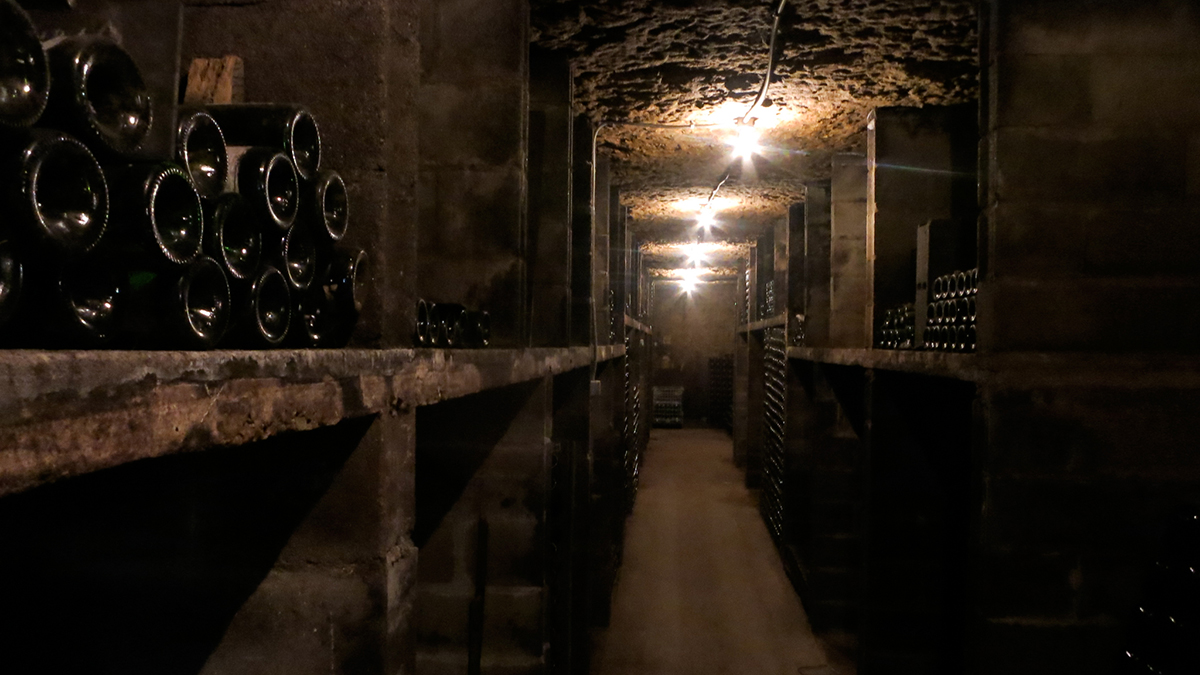
What equipment do I need?
In short, not much. Aside from the old-bottle sediment separation method above, if your goal is to aerate the wine, just about any vessel will do. We often like to “flash-decant” wines, which involves pouring them out into a carafe or pitcher, and then pouring them back into the bottle. This allows the wines to be identified in a crowd (harder with a decanter), and saves space on a crowded dinner table.
The shape of your decanter matters only in relation to the speed of aeration — a ship’s decanter with a wide base allows the wine to hit a maximum surface area and aerate quickly. A more narrow carafe is easier to use and pour from, but will aerate more slowly. In all three cases, however — flash, ship’s decanter, narrow carafe — the effect of simply emptying the wine bottle goes a long way.
Though we don’t generally use them, aerators are a way to speed up the process even more. They’re more violent than decanters, and shouldn’t be used on subtle or older wines. But for a young structured red you need to aerate quickly for a cocktail party, they’re more likely to help than to hurt.
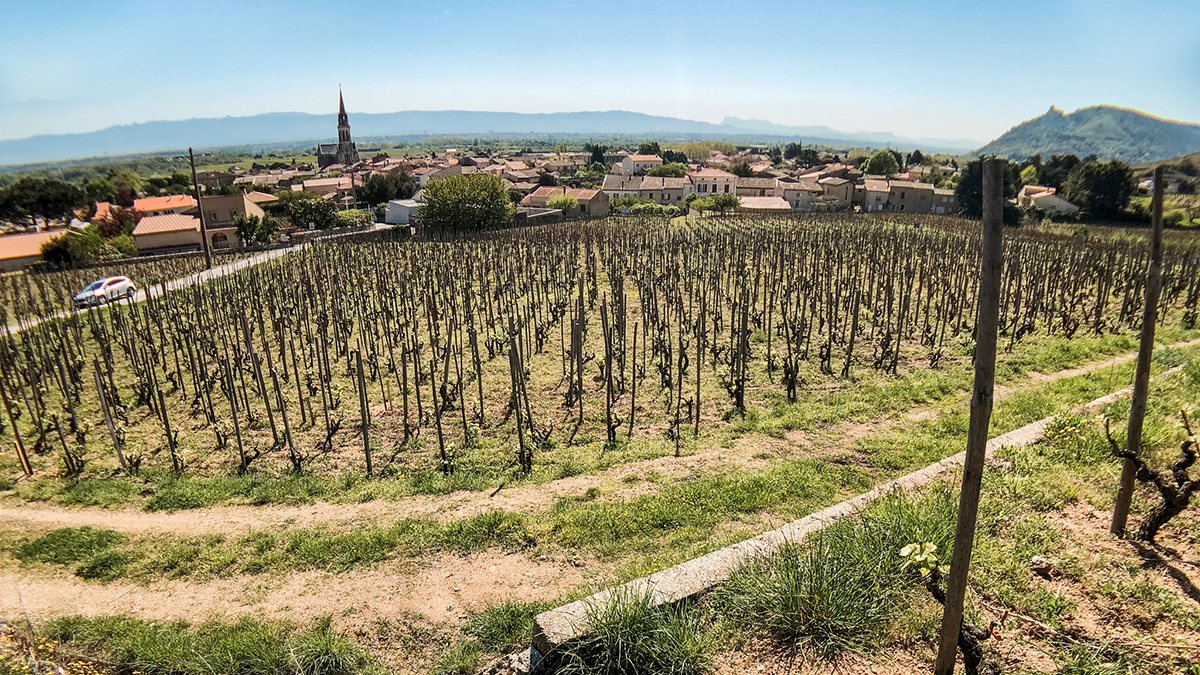
We find just about every wine improves with 20 minutes in a decanter. Bold, intense wines (Cornas, Châteauneuf-du-Pape, St-Emilion, Sangiovese) and some Grand Cru red Burgundies often improve by the one hour mark. Other Burgundies and more subtle Syrahs or younger Bordeaux open up around 45 minutes. Most decanted white wines will have opened up by a half hour. But each wine (and in fact each bottle of wine) is different, as will be the day it’s opened, the weather, your mood, the smells from the kitchen, and so on. The best way to get comfortable with decanting is to experiment — decant a bottle, taste it every 10 minutes, and watch how it changes.
What shouldn’t I decant?
Exceptions to our “decant everything” rule are few but noteworthy. Older bottles (15+ years) often have very subtle nuances that are lost forever with a half hour in a decanter. In general, the longer a wine is in the bottle, the less it should be decanted.
We like to decant white wines for the same reasons we decant reds, but they often benefit from it less. Young, simple, refreshing whites — think Alsatian Riesling, Sancerre, Muscadet — don’t gain much from a decanter, and it can be harder to keep them cool. Condrieu is usually so expressive out of the gate that a decanter isn’t necessary. Other whites like high-end Chablis, Meursault, and Châteauneuf-du-Pape blanc will expand and develop magnificently with air.
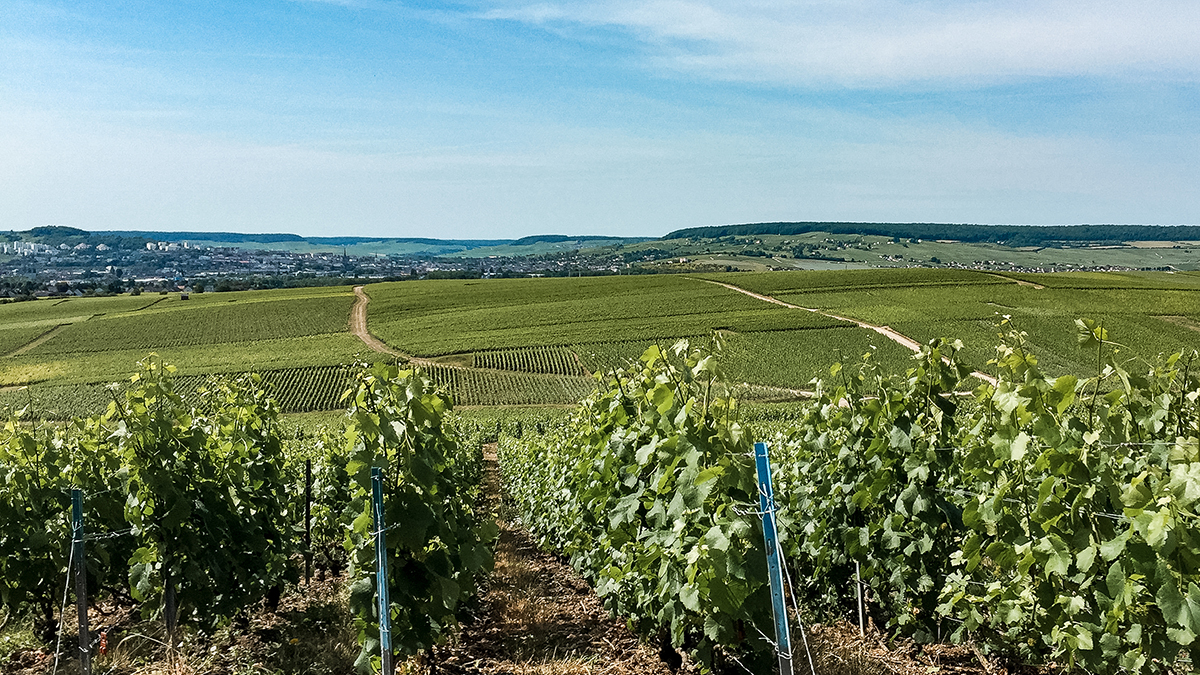
The hardest call is Champagne — good Champagne, particularly vintage bottles from excellent growers, can improve magnificently with air like any other top bottle of wine. But the bubbles pose a problem — as soon as you pour sparkling wine from the bottle the bubbles begin to fade. Provided you have a thirsty crowd on hand to help finish the bottle without too much delay, we recommend very slowly decanting the bottle into a narrow carafe, and keeping it as cold as possible in the fridge or an ice bath (warmth also releases the bubbles). Most of the time we don’t suggest decanting Champagne, but under the right circumstances and with the right wine, it can make a profound difference.
The other obvious issue with decanting is that it’s a one-way street — you can’t un-decant a wine, and decanting works best when you can finish the bottle. But there’s something convivial about a full bottle of wine resting in a decanter, free from the tension of whether or not the bottle will be finished. We find it adds to the jovial spirit inherent in honest wine, a sensory celebration of companionship and craft.
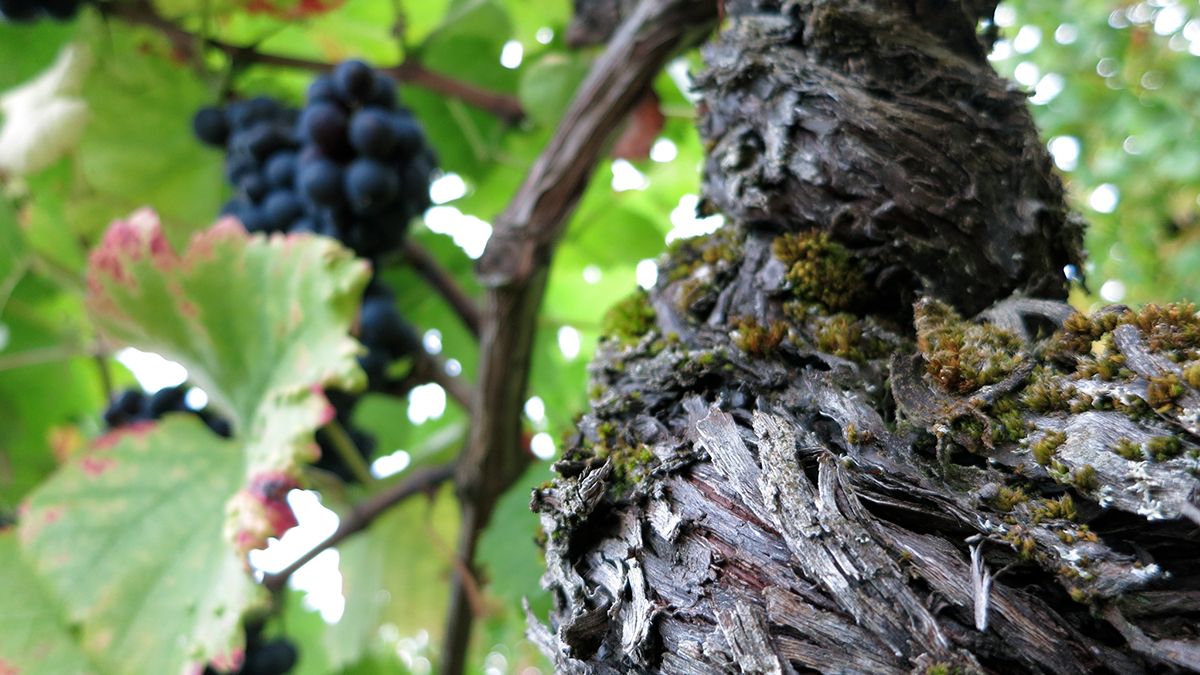
Conclusion
It’s entirely possible to enjoy wine, even high end bottles, without a decanter. But they’re useful tools, and we find they add to the experience of enjoying a wine. If wine is a key ingredient in a meal, proper decanting is the culinary preparation that gives that ingredient its best chance to shine. Don’t under salt your pasta water, and don’t forget to decant.
Any vessel large enough to hold 750ml of liquid can improve your wine. But for those interested, here are some our favorite tools:
Cheap and Useful: Ikea Karaff ($2)
Cheap Upgrade: Weck Juice Jar ($15)
Elegant Carafe: Zalto 750 ($65)
Delicate Decanter: Grassl Decanter ($80)
TW
